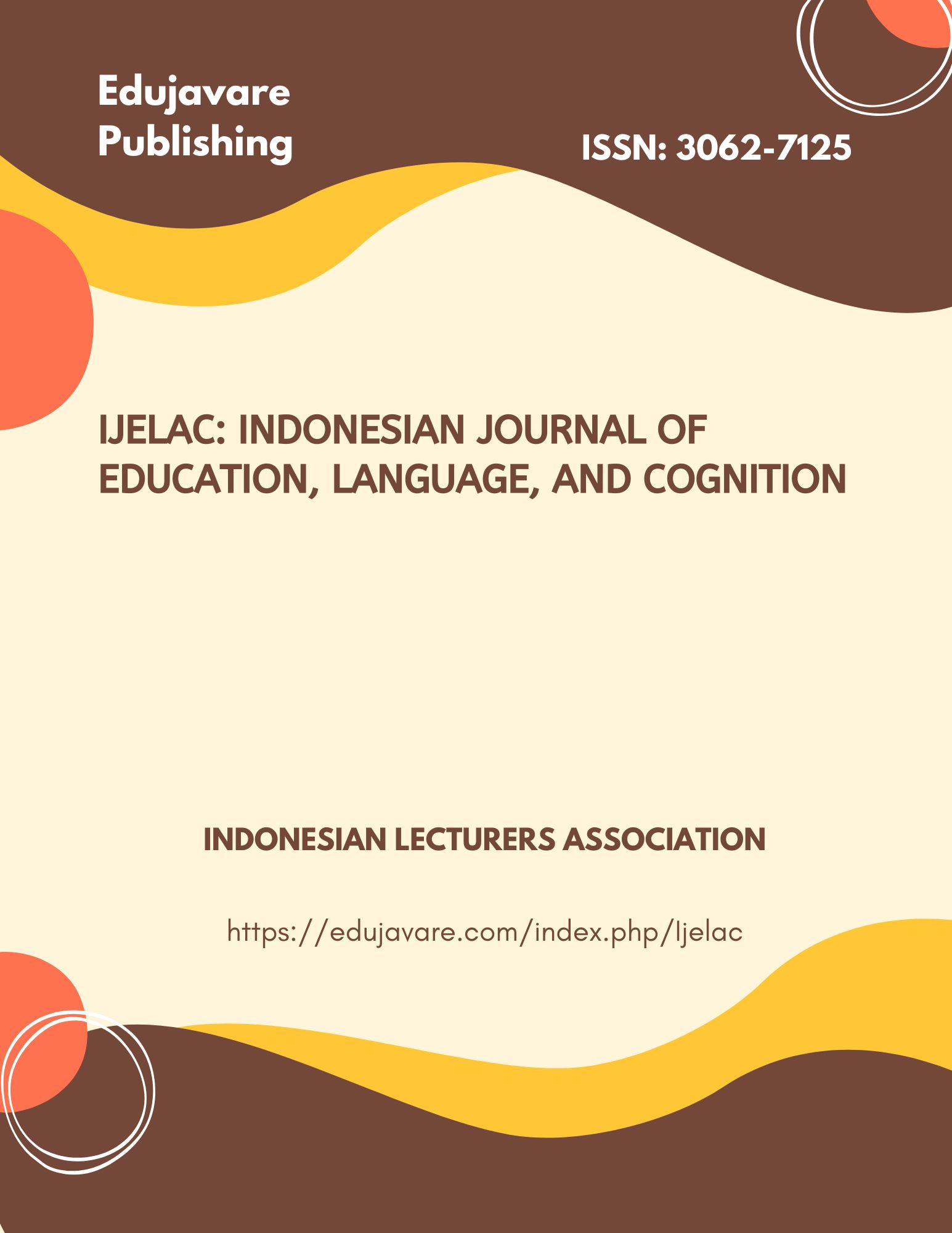Strategi Guru dalam Mengajarkan Gerakan Tari Dasar pada Anak Usia 3-4 Tahun
Keywords:
Teacher Strategies, Basic Dance Movements, Early Childhood, Contextual Learning, Gross Motor SkillsAbstract
This study aims to analyze effective strategies used by teachers in teaching basic dance movements to children aged 3-4 years, with a focus on approaches that are in accordance with the characteristics of early childhood motor and cognitive development. The research method uses a qualitative case study approach through participatory observation in three PAUDs and semi-structured interviews with three experienced dance teachers. The results of the study identified five main strategies: (1) imitation of simple movements with physical and verbal scaffolding, (2) use of slow-tempo familiar music and songs to improve coordination and emotional involvement, (3) integration of play methods through the imagination of animal/nature movements, (4) creative repetition with context variations to form muscle memory, and (5) providing specific appreciation to build intrinsic motivation. Key findings indicate that effective dance learning must be contextual (related to the child's real world), interactive (involving reciprocal responses), and meaningful (related to everyday experiences), with teacher flexibility as a determining factor. Constraints such as short attention spans and variations in motor abilities are overcome through activity segmentation, movement differentiation, and assistive devices. This study provides practical implications for PAUD educators in designing holistic dance learning, emphasizing a child-centered approach and integration of play elements.
Downloads
Published
How to Cite
Issue
Section
License
Copyright (c) 2025 IJELAC: Indonesian Journal of Education, Language, and Cognition

This work is licensed under a Creative Commons Attribution-ShareAlike 4.0 International License.
License: CC BY-SA 4.0 (Creative Commons Attribution-ShareAlike 4.0 International License)









